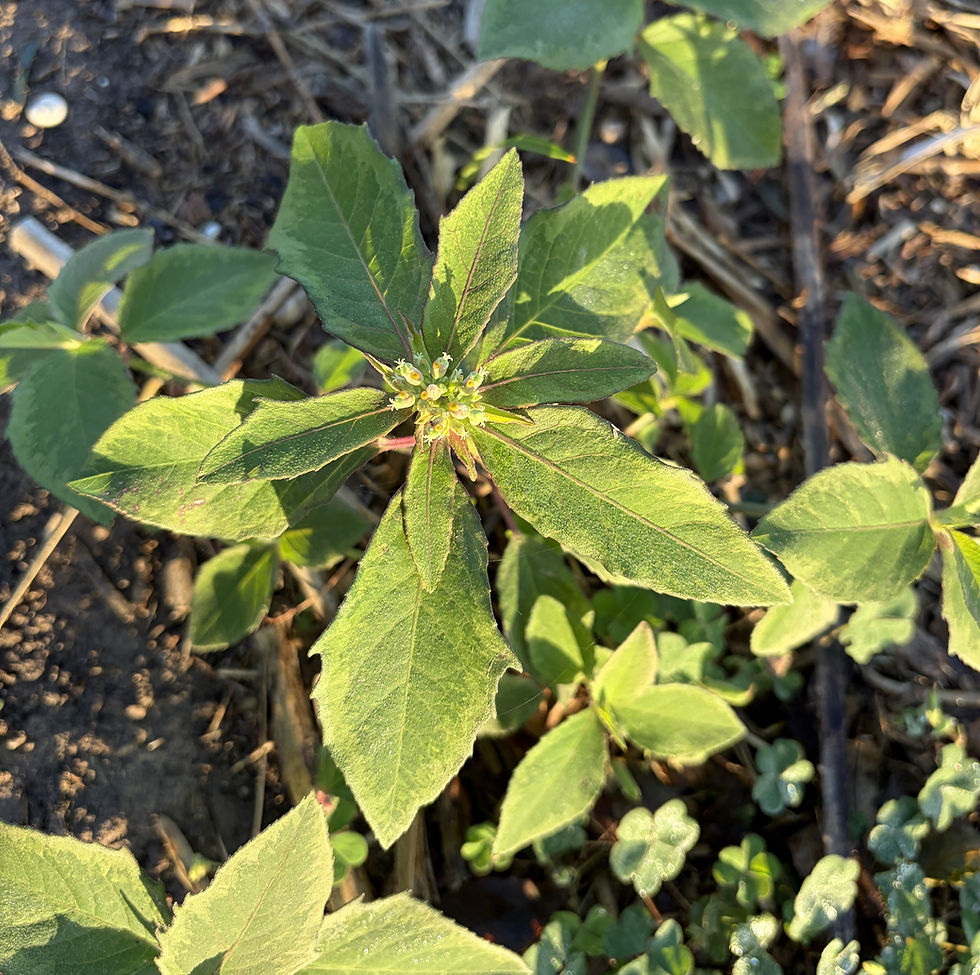The interesting genus of Buddleja, the butterfly bush
- jjvanm
- May 11, 2022
- 2 min read
Updated: May 22, 2022
Published May 7, 2022, the McAllen Monitor
By Anita Westervelt, Texas Master Naturalist, South Texas Border Chapter

Buddleja sessiliflora is a native shrub. Pronounced BUD lee uh, it has a variety of spellings because the genus was named during a time when some letters were printed as stylized, like the letter i was printed as j, u as v and s as f.
There are more than 140 species of Buddleja native to tropical and subtropical areas of the world. In common nomenclature, the plant is called butterfly bush. The species, B. sessiliflora’s common name is Rio Grande butterfly bush; it is native to the Lower Rio Grande Valley, Arizona and central and northern Mexico.
The shrub’s genus name was given to honor the Reverend Adam Buddle (1662-1715), a botanist and rector of a church in Essex, England. The plant was named in 1818 (after Buddle’s death) by Carl Linnaeus, the 18th century scientist who created the modern form of plant classification whereby a genus name and a species name make up an organism’s scientific name.
The native butterfly bush grows in thorn savannahs and forests, and riparian zones and along roadside; in the Valley, it is generally found close to the Rio Grande. Rio Grande butterfly bush is attractive and highly beneficial. It easily adapts to residential landscaping or community butterfly and nectar gardens. It flowers spring through summer, providing nectar for butterflies, moths, bees, other insects and hummingbirds. Plant in full sun to partial shade in well-draining soil; it benefits from a weekly watering schedule in summer. The shrub can grow to 6 ½ feet tall and about as wide. Arching branches drape to the ground.
Unless you’re up close, you may miss the hundreds of clusters of tiny pale-yellow blooms at the leaf axils. The leaf blades are covered in fine hairs that give the shrub a silvery hue. The flower clusters have a pleasant earthy scent.

As a caution, some species of this genus are problematic in parts of the world where it has been introduced. The most impressive, if somewhat infamous, cultivated species is Buddleja davidii, also commonly called butterfly bush and available locally. It is from central China and named for the French Basque missionary and naturalist Père Armand David.
Butterfly bush is popular because it produces nectar that has a higher level of sucrose, glucose and fructose than many other plants. The B. davidii is especially sought after because it produces spires of flowers in deep rich and vibrant colors of indigo, purple, lavender, vermilion and orange. But it is fraught with controversy, classified as an invasive species in many countries because it can spread on open lands, in gardens and derelict urban sites, self-sowing itself into dense thickets. It is classified as a noxious weed in Oregon and Washington.
Although B. davidii is not invasive everywhere, it is often described as easy to grow, but sometimes hard to get rid of. It will reduce or eliminate competing vegetation, including native plants. A mature plant can produce up to 3 million seeds each year. To be safe, plant native Buddleja sessiliflora for a beneficial addition to your landscape.





